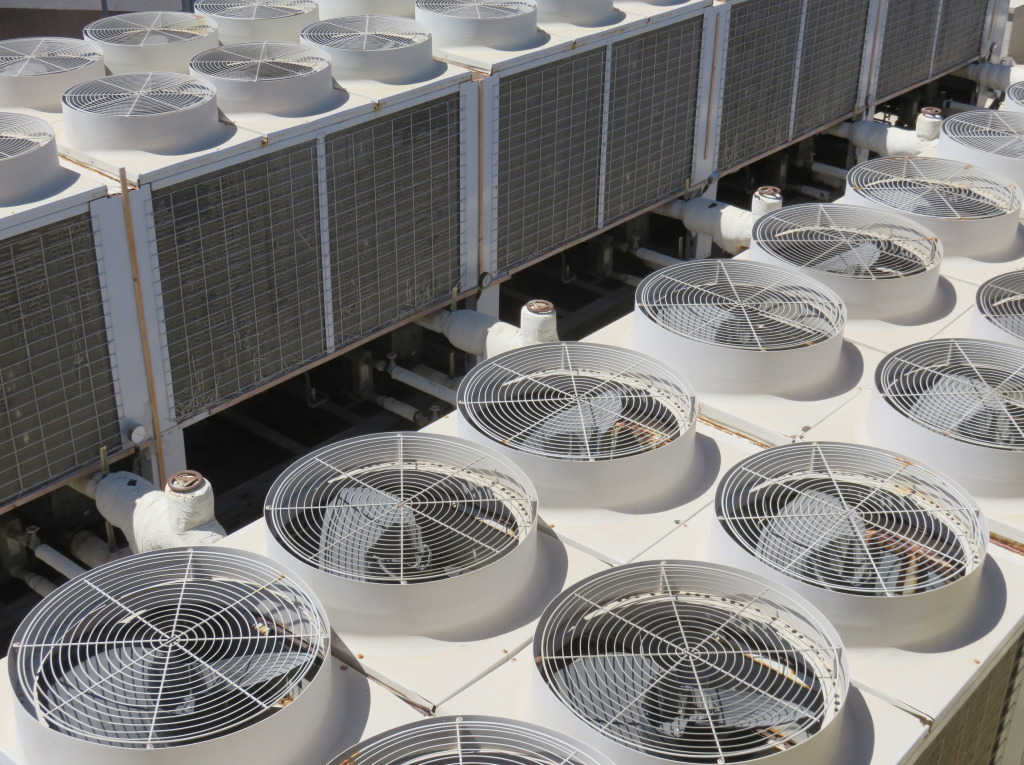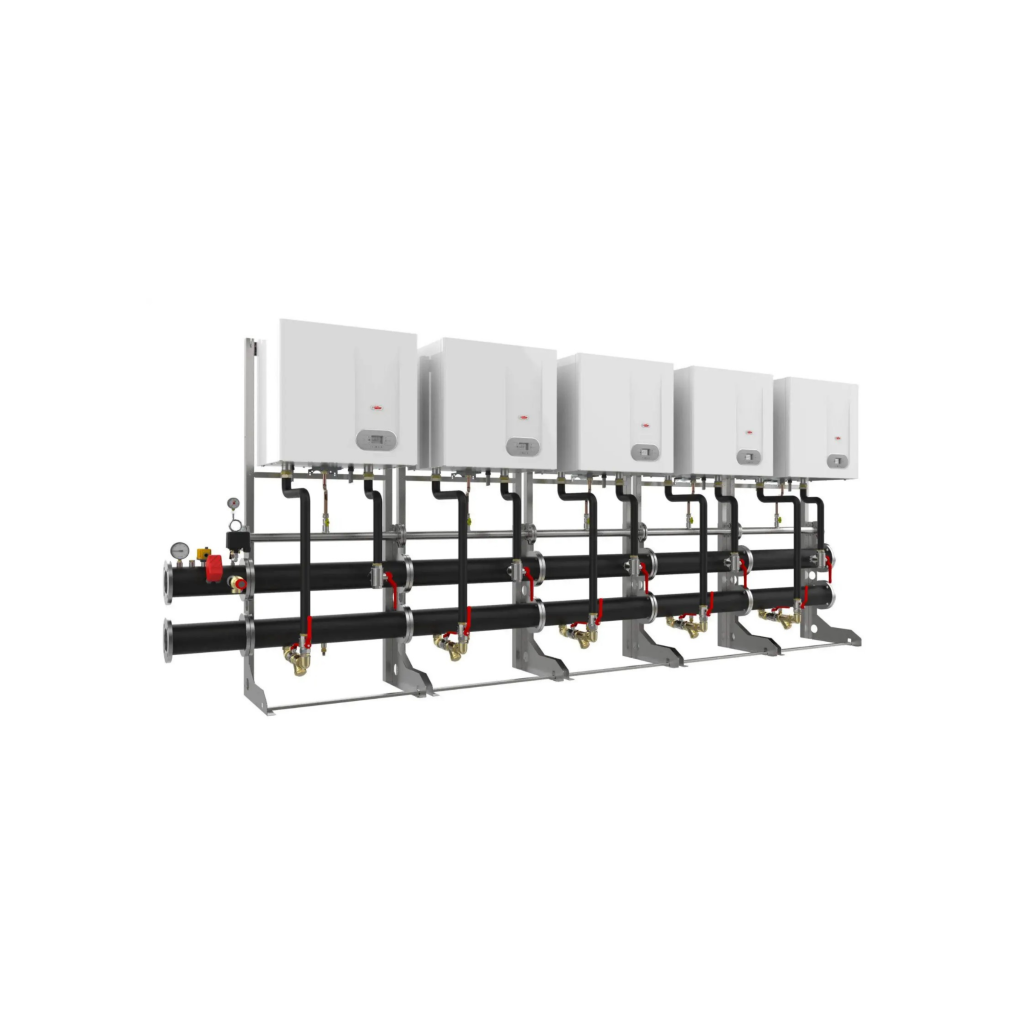The Hepa filter can be used as an air purification method supporting other ventilation systems. Type A Hepa filters can hold 99.97% of particles of 0.3 microns and larger.
– Recirculation of hepa filtered air can be in the form of sucking the air in the room through a channel, passing it through the hepa filter and returning it to the room. This technique can be used in the following cases.
a) If there is no general ventilation system
b) If the ventilation system cannot provide sufficient air exchange
c) If the amount of air purification is to be increased without touching the existing ventilation or pressure regulation.
– Passing the air discharged to the external environment through a hepa filter
– It is not necessary if the air is exhausted directly from the protected room.
– It can be used as an additional safety.
– Its use should be considered if there is a risk of the exhausted air being sucked back into the system.
– Installation, maintenance and monitoring
Filter installation should be such as to prevent leakage between filters and between filter frames.
A quantitative DOP test should be performed at initial installation and after filter cleaning or replacement. This should be repeated every 6 months.
A pressure gauge or other pressure sensing device should be installed in the system to monitor the condition of the filters and determine when to replace them.
Ducts leading to the filters should be labeled “contaminated air”.
Installing disposable pre-filters can increase HEPA filter life by 25%. Installing a disposable pre-filter with 90% extended surface can increase HEPA filter life by 90%.
The location and installation of the HEPA filter must be selected and carried out in such a way that it does not contaminate the maintenance area or ventilation system. Maintenance must be performed by authorized personnel wearing respiratory masks.



